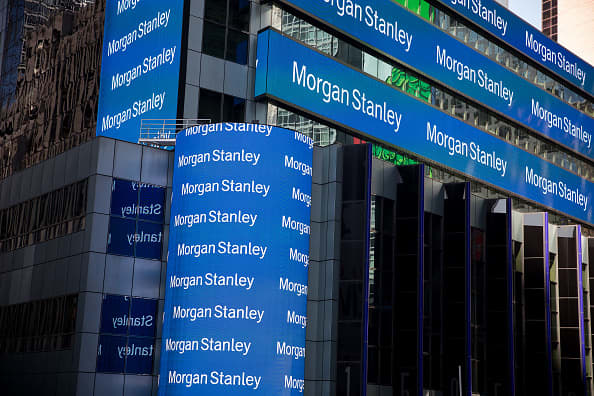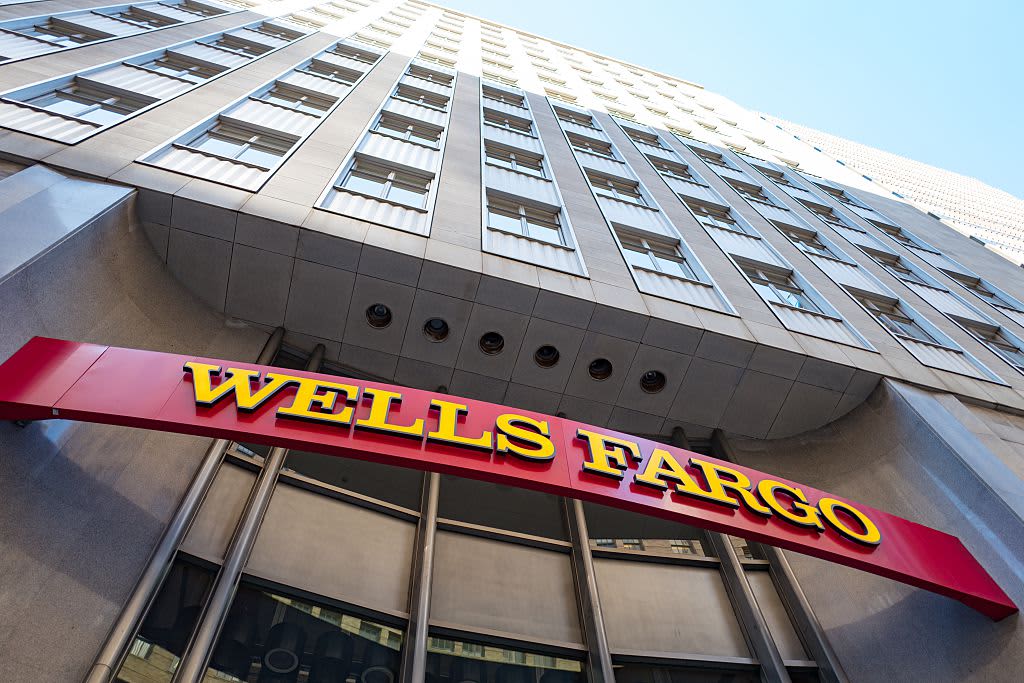Goldman Sachs on Tuesday posted its largest earnings miss in a decade as revenue fell and expenses and loan loss provisions came in higher than expected.
Here’s what the investment bank reported:
related investing news
- Earnings: $3.32 per share vs. $5.48 estimate of analysts surveyed by Refinitiv
- Revenue: $10.59 billion vs. $10.83 billion
Goldman said quarterly profit plunged 66% from a year earlier to $1.33 billion, or $3.32 per share, about 39% below the consensus estimate. That made for the largest EPS miss since October 2011, according to Refinitiv data.
Revenue held up better, at $10.59 billion, down 16% from a year earlier and just below the estimate.
Shares of New York-based Goldman fell more than 6% in early trading.
“Widely expected to be awful, Goldman Sachs’ Q4 results were even more miserable than anticipated,” Octavio Marenzi, CEO of Wall Street consultancy Opimas, said in an email. “Revenues were largely in line with forecasts, but earnings took a big hit. The real problem lies in the fact that operating expenses shot up 11%, while revenues tumbled.”
More cost-cutting and layoffs at Goldman could be ahead because of that, Marenzi said.
Goldman said operating expenses jumped 11% from a year earlier, to $8.09 billion, due to higher compensation, benefits and transaction-based fees, among other reasons. That is about $800 million more than analysts had expected for quarterly costs.
Analysts including Betsy Graseck of Morgan Stanley have flagged concerns that wage inflation would hit banks’ results in the fourth quarter.
Another reason results disappointed: Goldman posted a $972 million provision for credit losses in the quarter, compared with $344 million a year earlier, as the bank set aside more funds for potential losses in credit card and point-of-sale loan portfolios. That is 50% more than analysts had expected for the quarter.
The bank is seeing “early signs of consumer credit deterioration” as the economy slows and more borrowers are at risk of falling behind on payments, CFO Denis Coleman said Tuesday during a call with analysts.
Goldman said its companywide revenue decline was driven by sharply lower results in two of its main divisions, Asset & Wealth management and Global Banking & Markets.
Specifically, the bank saw investment banking fees drop 48% to $1.87 billion on muted issuance activity in equity and debt markets and lower advisory fees. More worrying is that the firm’s deals backlog actually shrank compared with the third quarter, the company said.
Asset & Wealth Management revenue fell 27% from a year earlier to $3.56 billion on far smaller gains on private equity holdings and markdowns in debt instruments.
Finally, the bank posted an 11% return on average tangible common shareholders’ equity for 2022. The key profitability metric is well below the 15%-17% returns of Goldman’s medium-term targets. The bank may struggle to reach its targets until the environment improves, executives said Tuesday.
“Against a challenging economic backdrop, we delivered double-digit returns for our shareholders in 2022,” Goldman CEO David Solomon said in the release. “Our clear, near-term focus is realizing the benefits of our strategic realignment which will strengthen our core businesses, scale our growth platforms and improve efficiency.”
After the tough quarter, analysts peppered Solomon with questions on head count and expenses after the bank laid off 3,200 employees last week, as well as details about Goldman’s consumer operations as it scales back ambitions there.
The 3,200 employees who were cut last week cost Goldman a total of about $475 million in expenses annually, Coleman said during the analyst call.
The impact of the January layoffs didn’t appear to register in fourth-quarter results: Goldman had 48,500 employees at year-end, just 1.2% lower than the previous quarter.
When asked by an analyst “what went wrong” with the consumer efforts, Solomon acknowledged some missteps.
“We tried to do too much too quickly,” Solomon said. “I think we probably in some places haven’t had all the talent that we needed to execute the way we wanted.”
Goldman shares have climbed 8.9% this year going into Tuesday’s trading, compared with a 6.7% advance for the KBW Bank Index.
Last week, JPMorgan Chase and Bank of America topped profit expectations on surging net interest income, while Wells Fargo and Citigroup posted mixed results.





